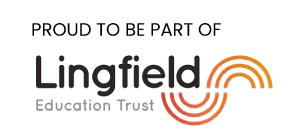At Hemlington Hall Academy we believe that Computing is an integral part of modern day life and therefore provides a wealth of learning opportunities, explicitly within computing and also across other curriculum subjects. Through the study of computing, children are able to develop a wide range of fundamental skills, knowledge and understanding that they will need for the rest of their lives. Computers are a part of everyday life with technology being essential to our daily lives, at home and at work. ‘Computational thinking’ is a skill children must be taught in order to provide them with essential knowledge and skills that will enable them to participate effectively in the digital world.
Computing Lead – Miss Campbell
Intent
- Children are responsible, competent, confident and creative users of information and communication technology
- Children can appropriately choose to use technology as a tool for learning – and have the skills to do so, ready for Key Stage 2
- Children are able to use a range of applications and programs, so their use across the wider curriculum does not hinder learning – regardless of the equipment that the children may, or may not have at home
- Children understand what algorithms are, how to create, manipulate and program devices and that when they go wrong, they need debugging
- Know the key knowledge identified in each unit, so that they have a firm knowledge base to study when leaving Primary School
- Children are digitally literate: they use digital platforms safely, securely and efficiently applying these skills to all their online activities.



